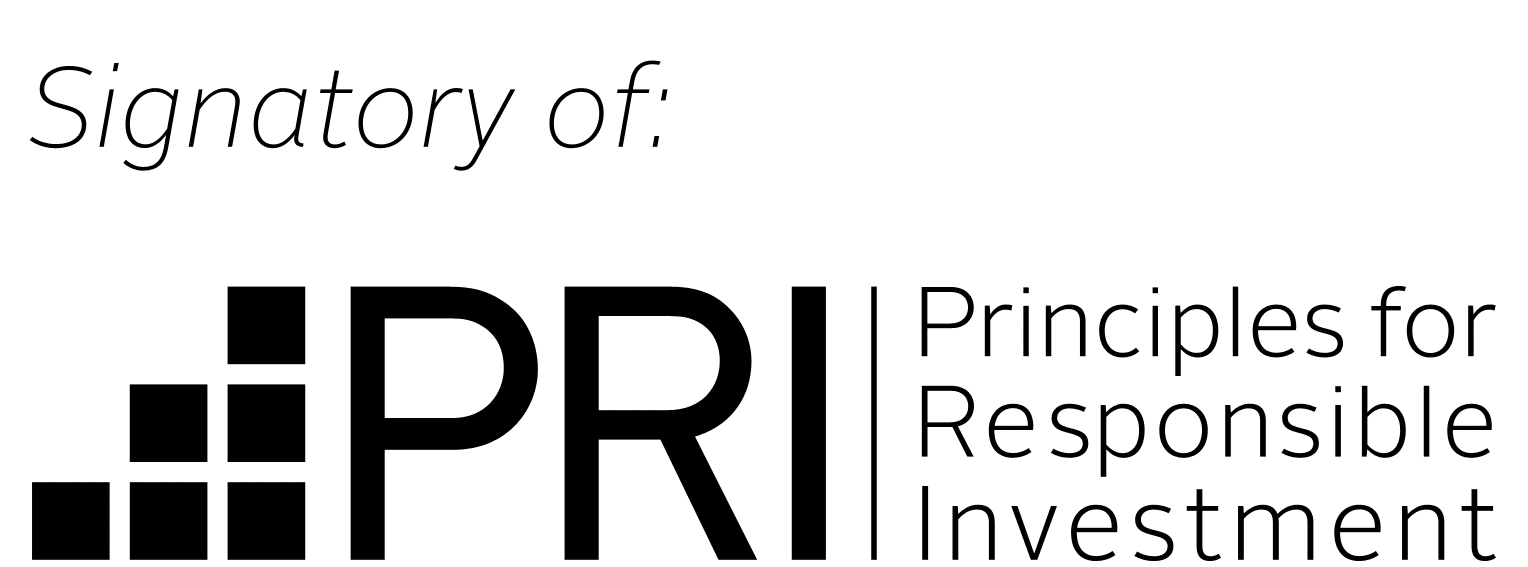Self managed super fund investment strategy

Self-managed super funds, or SMSF for short, are rising in popularity with more and more people looking to take control of their financial future. An SMSF can come with many benefits including reduced taxation, lower administration costs and full control of your wealth management. As with any investment vehicle, it is not a set and forget. A self-managed super fund investment strategy does require a proactive approach to achieve the best results.
Once you have understood the risks, options and obligations, the next challenge is to determine the right mix of investments. There can be a lot to think about but with a self-managed super fund investment strategy, asset diversification and the risk level of your chosen investments should be a top priority. The diversity of investments and risk level will largely depend upon your personal situation and factors including age, lifestyle, and your level of ‘risk comfort’ as well as the long-term outcome you hope to achieve.
How to determine the best SMSF investment strategy for your fund
The first step in working out the best SMSF investment strategy is to work out your comfort level for risk, and how involved you want to be in the day-to-day management of the individual investments within your super fund.
An SMSF allows you to invest in a broader range of asset classes compared to a traditional fund. Generally, you can choose various assets ranging from Australian and International shares, property, cash and term deposits, fixed income products, physical commodities and alternative investments.
Looking at the intended goal of your SMSF can help assist to work out the best SMSF investment strategy. For example, someone who is looking to build wealth would need to consider assets that increase in market value over time, whilst if regular income is what you are after, then more conservative assets that provide a steady cashflow could be a better choice. For many retirees protecting their savings is an important consideration, so lower risk assets such as term deposits and fixed income funds can be a less volatile option.
The three main self managed super fund investment strategies
Conservative
A conservative SMSF investment strategy will typically have at least 70% of funds invested in cash and fixed interest/bond investments. The remaining 30% would be invested into growth assets such as shares and property. This breakdown offers a lower risk profile and lower overall returns than a balanced, or growth portfolio approach.
Balanced
A balanced portfolio sits in the middle and generally looks to invest 30-40% in cash and fixed interest and the remainder in growth assets. A balanced approach generates more varied returns over time.
Growth
A growth self-managed super fund investment strategy is designed to build wealth with at least 70-85% invested in growth orientated investments. A growth portfolio has higher volatility and risk profile, but the aim is to have higher returns over a longer period.
Regardless of your risk profile, one component of a self-managed super fund investment strategy that all trustees should consider, is diversification of assets.
Why is diversification so important as part of a self managed super fund investment strategy?
Regardless of whether you choose to build a conservative, balanced or growth SMSF investment strategy, diversification should be front of mind. Diversification allows you to safeguard your asset pool and reduce the amount of capital exposed to the same risks. Diversifying your SMSF investment portfolio means you are investing in more than one investment type, e.g., cash, property, or alternative assets, reducing your exposure if a particular investment or investment type falls in market value.
If one market falls or goes through a period of downturn, having investments in other markets with different drivers can offset those losses and help to smooth out your overall returns. One often overlooked way to include diversification in your self-managed super fund investment strategy is to invest in alternative assets, such as private debt/income, equity markets and real estate.
One of the potential risks with diversification if you are considering direct investments can be a lack of understanding or knowledge as to when to buy/sell. If you don’t understand the different risk classifications of the varying investments, it can be difficult to achieve your desired outcome. This is when a managed fund can be a good option, as it not only gives you diversification but also provides the experience of the investment manager.
Alternative assets that can be used as part of an SMSF investment strategy to increase diversification
Alternative assets can be categorised as either ‘return enhancers,’ or ‘return diversifiers.’
Return enhancers
Return enhancers are assets added to an SMSF investment portfolio with the expectation of a higher average return.
Return diversifier
A return diversifier is added to an SMSF investment strategy because of its low correlation to other assets with the aim of reducing risk across the overall portfolio.
If you don’t have the time to actively manage your SMSF, managed investments can be a great investment strategy. Not only do you get the added benefit of professional expertise, but a managed investment generally adds a high level of diversification to your SMSF investment strategy. Managed funds remove the guesswork when it comes to selecting what assets to buy and when to sell them. They also come with risk ratings so you can easily see if the fund matches your overall risk profile and how it would work into your overall SMSF investment strategy.
Managed funds that invest in alternative assets can provide a level of diversification unattainable to most investors, such as those associated with private debt and commercial real estate holdings. In this case, the investment manager controls where the pool of money is invested, using their experience to the mutual benefit of all investors. There is also the added security that the investment manager cannot just invest anywhere, as each managed fund has its own structure and rules to adhere to and specific investment objectives, such as long-term growth or regular income.
At Remara, we offer a range of managed alternative investments that can add diversification to your self-managed super fund investment portfolio.
Private Credit Income Fund (return diversifier)
Our private credit fund is an ideal solution for investors looking to generate regular cash flow, whilst reducing exposure. It offers a high yield, medium-risk investment that has returned 13.40% over the past 12 months (post fees). The private credit fund offers investors exposure to asset finance, business loans, structured finance (trade and invoice) and real estate loans. With the added advantage of accessing your money without penalties or withdrawal fees and the ability to withdraw quarterly, it offers a flexible investment option that earns higher returns than traditional low-risk investments, like term deposits or government bonds.
Real Estate Opportunistic Development Fund (return diversifier)
Traditionally property investment through your self-managed super fund requires a minimum 30% deposit, has high concentration risks and also faces stringent limitations on development, repositioning or enhancement activates for the property. With our fund, you can invest in multiple real estate opportunities with as little as $50K. Designed to increase your overall investment exposure and long-term return on investment, it is ideal for investors looking for growth assets as part of their self-managed super fund investment strategy. Our real estate opportunistic fund offers access to property investment, spanning from small scale to larger scale developments, providing overall portfolio diversification and a medium risk profile, targeting a return of 20% p.a. (post fees) for investors.
Global Macro Fund (return enhancer)
Considered a ‘growth’ fund, it is a suitable option for trustees looking for high growth opportunities as part of their SMSF investment strategy. It is a long-term strategy that provides exposure to investments on a global scale including equity, fixed income, currency and commodity markets. Our global macro fund also affords the ability to access your funds monthly without penalties, exit or withdrawal fees.
Is it time to review and update your self managed super fund investment strategy?
An SMSF investment strategy requires attention. When the circumstances of your fund change, the market changes or your personal circumstances change you should relook at your strategy and adjust accordingly. It is also a requirement by superannuation laws to make regular updates to your self-managed super fund investment strategy.
Managed funds, like Remara’s alternative asset options, are one of the easiest ways to manage a diversified portfolio and the right SMSF investment strategy for your needs. Aside from an ongoing management fee, you gain the experience of our investment managers and the added benefit of accessing a new range of assets. We offer you flexibility and freedom to get on with life without stressing about your super. For more information regarding our managed fund options, contact us today.

